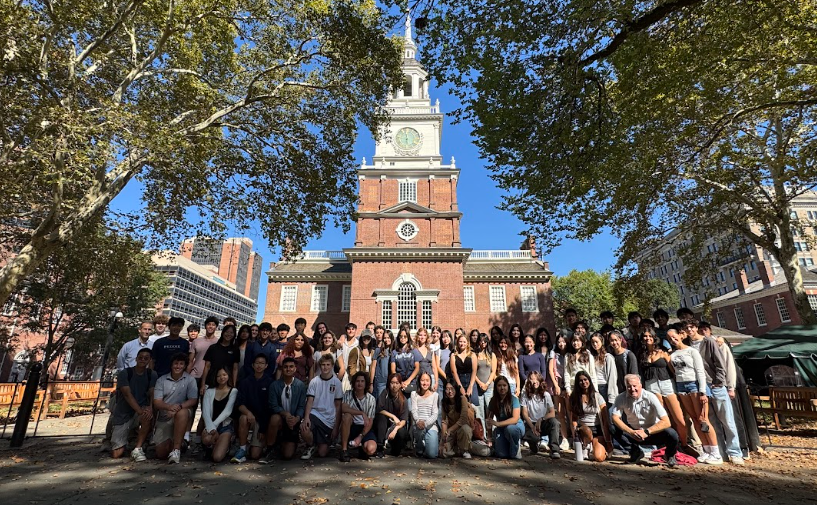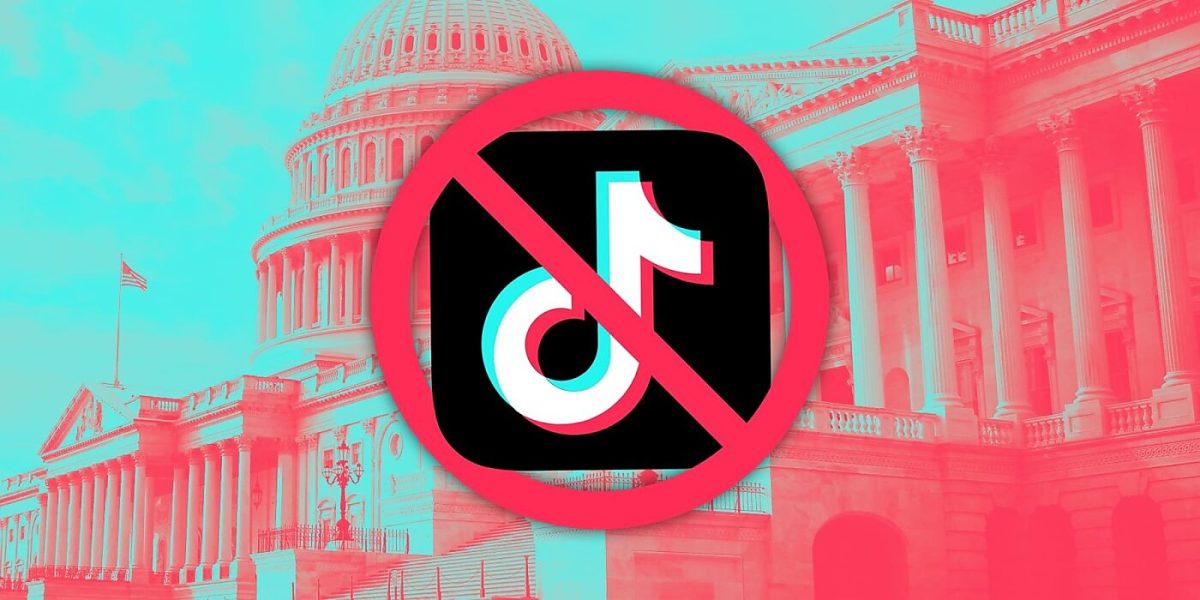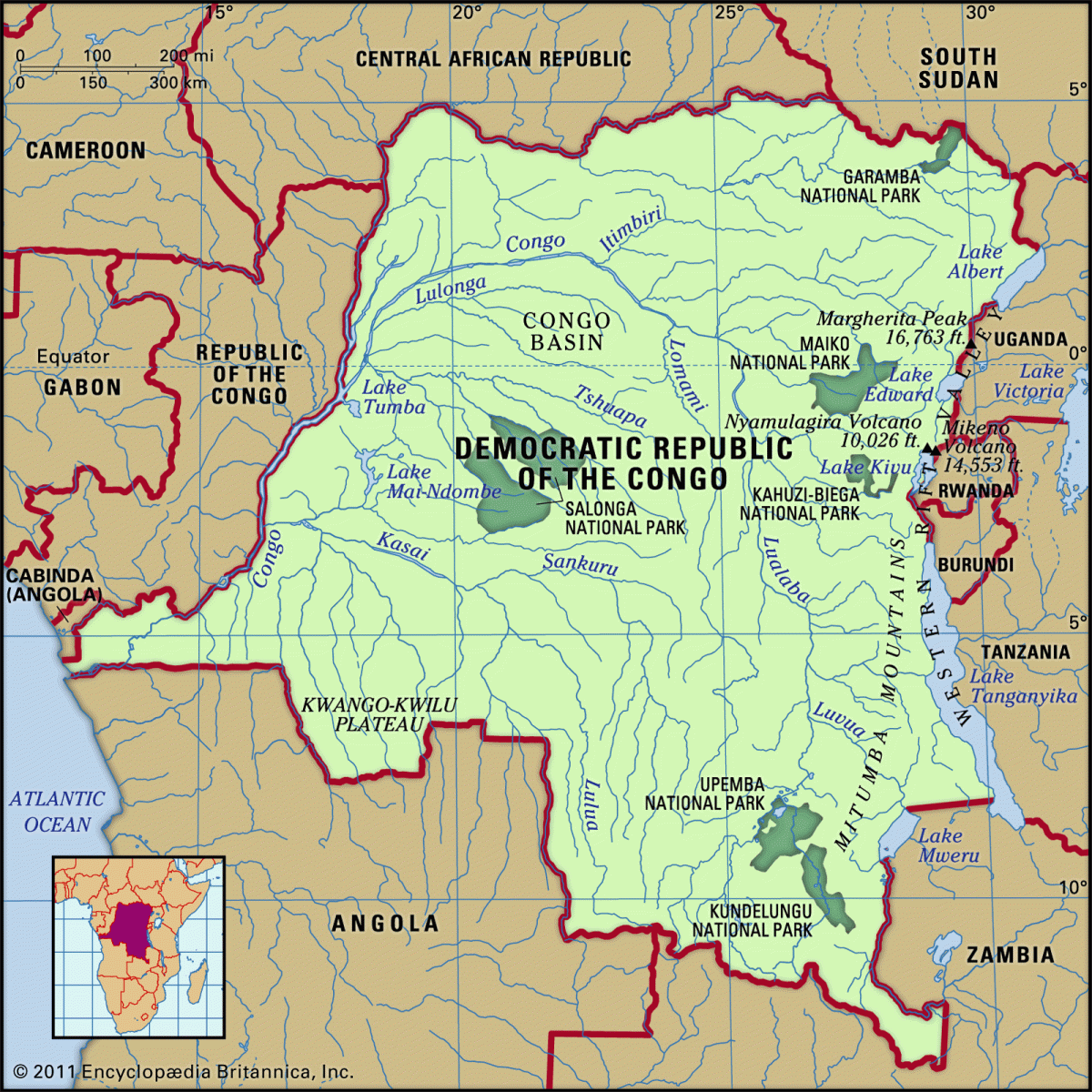The Current State of Afghanistan
November 12, 2021
A little over 20 years ago, the first U.S. troops arrived in Afghanistan as part of Operation “Enduring Freedom” after Afghanistan refused to turn over the perpetrator of 9/11, Osama Bin Laden. This action kickstarted the Afghanistan War, an ongoing conflict that still plagues the world. However, this summer marked a historic moment as President Joe Biden withdrew U.S. troops, leaving the country vulnerable for the first time in decades. Throughout the last two decades, American troops fought to keep the country from falling to the Taliban. The question remains, why were the troops withdrawn from a country that up until that point was still rebuilding from its time under the previous regime of the Taliban?
When the Obama administration was newly put into power, it had to execute a difficult choice between focusing on Iraq or Afghanistan. The U.S. became preoccupied with the war in Iraq, and the Taliban caused more insurgency in Afghanistan and spread to Pakistan and other countries. The Obama administration asked themselves whether they should institute more troops in Afghanistan to completely remove the Taliban from power. Their line of logic followed one similar to when the U.S. conquered Iraq, installing tens of thousands of troops to stabilize the country. As vice president to then-President Obama, Biden disagreed with this strategic plan. He questioned the stability of the plan if the military’s mission of instituting proper governance didn’t work in the years ahead. In his eyes, this was just postponing failure on the foreign frontlines. Instead, he proposed a smaller number of troops that would focus on counterterrorism rather than nation-building.
With Biden proposing the institution of 20,000 troops, but the military advocating for 40,000, Obama compromised with 30,000. This number came to Afghanistan and did not complete their goal of nation-building, as the Afghanistan government was not prepared to face the Taliban. Obama withdrew troops in 2014, leaving only 8,400 troops behind then for nation-building and counterterrorism purposes.
A few years later, the Trump administration signed the Doha Agreement, designed to bring peace to Afghanistan and end the longest fought war in American history. If the Taliban held up their side of the agreement, the U.S. would then remove all troops before their deadline, May 1, 2021. This did not bring an immediate cease-fire, as the attacks from both sides continued in the weeks ahead. The current Afghanistan administration also bargained for peace with the Taliban, releasing 5,000 Taliban prisoners on September 12, 2020. The U.S. continued to withdraw troops periodically in increments of a couple hundred to a thousand.
On April 14, 2021, President Biden announced the U.S. would not comply with the Taliban’s deadline and would instead leave the country on 9/11, the 20th anniversary of the brutal attacks on the country through the hijacking of Al-Qaeda. The remaining 3,500 troops would be withdrawn at that date regardless of the outcome of peace talks or any further Taliban attacks on the citizens of Afghanistan. The Taliban opposed this timeline and ordered both NATO and U.S, troops out by August 31, emphasizing this with attacks including a bombing that killed 200 Afghans and 13 American service members. The Taliban had already taken over the government on August 15, proving the U.S. government’s initial timeline estimates wrong.
On August 30, the last of the American troops left one minute before the deadline, but not without leaving between 100-200 troops behind due to scrambling at the last minute to get as many as possible out of the country in addition to its allies during the conflict. In the following weeks after the withdrawal, the Taliban took full control of daily life in Afghanistan, restricting the rights of women and enforcing brutal public humiliation on many citizens. Life seems to have returned to its state from before the arrival of the U.S. troops, with the Taliban asserting its rule and brutally governing the citizens. Unfortunately, this appears to be the state of Afghanistan for the near future.

















































